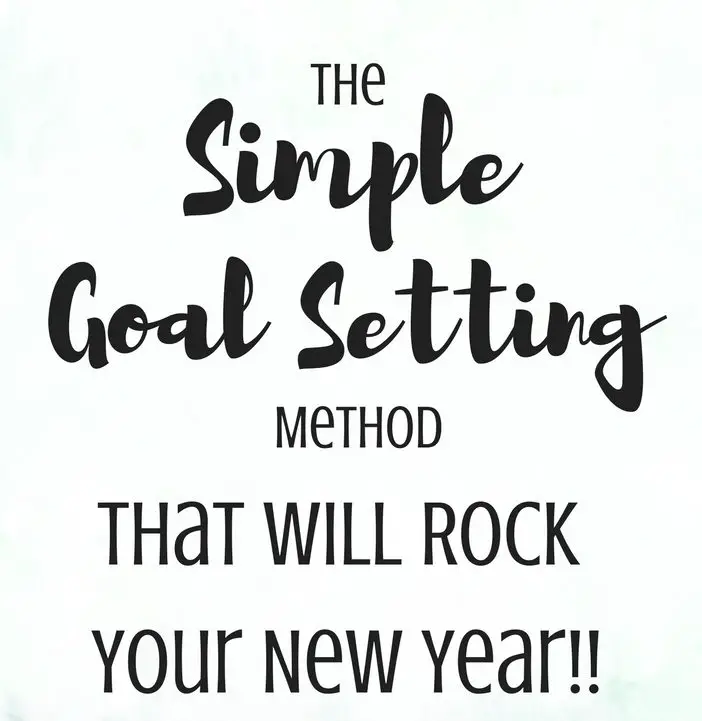The Importance of Vitamin D: How to Keep Levels Up All Year Long
It’s finally spring here in my neck of the woods. I’m thrilled to have sunny warm days, especially since the last few months have felt cold and dark. Throughout the winter, I always make sure to add vitamin D to my diet through supplements. Do you?
Note: This post may contain affiliate links, which means if you buy from my link I might make a small commission. This does not affect the price you pay. See the full affiliate disclosure here.
Vitamin D intake should be a part of your self care routine. Deficiency of this important nutrient affects the body’s ability to hold onto calcium which causes bones to soften. Vitamin D has also been linked to mental health and overall wellness. As part of your diet, vitamin D can be found in milk (it’s added to milk to help bone health), fish, and egg yolks. Vegetarians or Vegans should look for fortified nut milks or other foods, and we all can consider a high quality vitamin D supplement. And of course, the best source of vitamin D is produced by your body after being out in the sunshine.
More and more medical professionals are recommending vitamin D supplements, especially after a long winter spent indoors under artificial lights. So if you spend a lot of your waking hours holed up indoors trying to build a business, working at an office, or taking care of your family, listen up! Lack of vitamin D can cause a disruption in our sleep cycles and decrease in immune function. You may also notice bone and muscle pain increases in the winter time due to a lack of vitamin D.
You can avoid all of the time-consuming blood tests, doctor’s appointments and supplement regimens by getting your vitamin D the old fashioned way. Just go outside and soak up some sunshine! It’s still the best way to dose yourself with D.

How does your body get vitamin D from the sun?
When you expose your bare skin to light from the sun, your body soaks up the UVB rays and manufactures large amounts of vitamin D. According to this article, it only takes about half the time that your skin might take to develop a sunburn, to absorb enough sunlight to make the right amount of vitamin D for optimum health, which is about 10,000 to 20,000 IU per day. Doctors recommend 10 minutes per day of skin contact with UVB rays. Any more than that and you risk skin damage. So be careful!
When is the best time of day to get your vitamin D from the sun?
The sun is strongest in the middle of the day, so if you can manage to get outside at around noon, which is the time you’d likely be taking a lunch break anyway, you can manage to up your body’s vitamin D production without having to spend hours outside. Summer is the easiest season to make vitamin D via sun exposure, because it’s warm out and we expose more of our skin to the natural light of the sun. Although, if you’re a fan of winter sports, it certainly can’t hurt to get a dose of healing vitamin D in January or February, when the sunlight reflects off the snow and can at the very least be absorbed by your exposed facial skin for a bit of time.
What other things affect our ability to make vitamin D from the sun?
Time of year, your location on the globe, the amount of cloud cover blocking the sun, air pollution, use of sunscreen, and being behind glass (such as a window, or inside of a car), can all impact your body’s ability to absorb vitamin D.
If you’re feeling like you might be low on D (or if your doctor tells you that you are), you can always add a vitamin D supplement to your diet, along with calcium and magnesium which work best together in concert. You can ask your doctor to test your blood vitamin D levels.
Fun fact: Where I live in Western NY, health insurance companies don’t like to pay for vitamin D testing. It’s just assumed that everyone who lives here is deficient due to the long winters we have!
You can also try a Sunlight Lamp, or “Happy Lamp†along with your vitamin D supplement. These lights don’t provide vitamin D, but they do provide summer-like sunlight, which can boost your mood.
I have one of these in my office:
Hooray for Spring and Summer! I’m thrilled to have more sunshine in my life!
PIN THIS!










